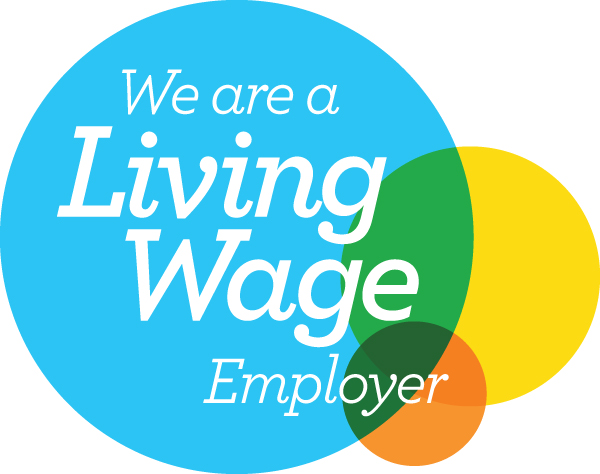COP26 agreements: The Glasgow Climate Pact
18/11/2021The COP26 summit took place in Glasgow this month. It brought parties together to accelerate action towards the goals of the Paris Agreement and the UN Framework and the UN Framework Convention on Climate Change. At the summit, the Glasgow Climate Pact was passed in order to speed up the pace of climate change. In this guide, we have summarised the key highlights.
Summary
After two weeks and one day of intense negotiations, COP26 leaders produced the Glasgow Climate Pact, with parties committing to keeping the goal of 1.5°C total warning alive.
The majority of the discussion over the past two weeks for developing countries, was finance. Reason being that the developed world will hit its $100 billion target for finance three years late which has made it harder for western countries to appear credible. Further, the absence of China’s President Xi was seen as a lack of commitment on the part of China to take serious action.
The main agreements during COP26 have largely come from bilateral and multilateral negotiations between world leader, with declarations on coal use, electric vehicles, finance, and deforestation all coming from negotiations away from the conference floor. However, despite the commitments to keep the target of 1.5°C global warming alive, critics have pointed out that the agreements will mean the world will likely fall short of the target.
Agreements in the Glasgow Climate Pact
1.5°C
Clause 20 of the pact commits parties to reaffirm their commitment to limiting global warming to 1.5°C above re-industrial level, this target is widely seen as crucial to addressing the worst impacts of climate change.
Carbon markets
Rules for a new global carbon market have been put in place six years after they were originally proposed in the Paris agreement. The new arrangements consist of a centralised system for public and private sectors, as well as a separate bilateral system that allows countries to trade credits to help meet their decarbonisation targets.
Coal and fossil fuel use
The agreement commits countries to phase down (but not phase out) unabated coal emissions. The same part of the text includes a commitment to phase out “inefficient fossil fuel subsidies”, although it is worth noting that it does not set a deadline.
Funding
Clause 44 notes regret at the failure so far to reach the goal of $100 billion in annual funding for climate transitions in the global south. The target was missed in 2020 and has effectively been replaced by the Climate Finance Delivery Plan: Meeting the $100 Billion Goal, by which the $100 billion will be reached by 2023.
Multilateral and country-level agreements
Methane
The global methane pledge – a US-EU led initiative – will see signatories take national-level measures to reduce methane emissions by 30% by 2030. So far, the most detailed plans have come from the US. Notably absent from the agreement are China and India, as well as Russia and Australia, where methane emissions from fossil fuel production have been identified.
US-China pact
The US and China have signed a bilateral agreement, that expresses shared aspirations on climate change abatement. The bilateral agreement, which took most of the conference by surprise, commits China to produce a “comprehensive and ambitious national action plan on methane”, which is seen as a concession from Beijing after its refusal to join the global methane pledge.
Transport
The COP26 Declaration on the Accelerating the Transition to 100% zero emission cars and vans ensures that all sales of new cars and vans will be “zero emission” (meaning they don’t produce exhaust fumes) by 2040, and by 2035 in advanced economies. Both the US and China refused to sign the agreement.
Technology
The statement on international public support for the clean energy transition will be seen as a good second-best to concrete actions on technology that were absent from the full text. Signatories will seek to share green technologies with developing countries, hopefully removing the increased cost associated with new, patented technologies. The US and Germany both signed up, but major tech developer Japan did not.
Private finance
The Glasgow Financial Alliance for Net Zero (GFANZ) was launched at COP26 in partnership with the UN Race to Zero campaign. The initiative is intended to bring together national Governments and private financial institutions to incentivise private sector investment in net zero transitions. Members currently include over 450 financial firms across 45 countries responsible for assets of more than $130 trillion.
Closing Kyoto loopholes
Critics of the new carbon market system have warned that it will allow legacy credits which date back to the Kyoto protocol to continue being used. This includes the use of unproven carbon capture technologies that have in the past failed to actually offset emissions.
1.5°C target
After the first week of negotiations, the International Energy Agency predicted that, if all agreements were implemented in full, the world would experience 1.8°C of total warming. By contrast, the Climate Action Tracker takes a more pessimistic view by looking at the timing of changes. By assuming that countries won’t hit their targets until close to their deadlines, they predict total warming of 2.4°C. Regardless of who is correct, this means that enough wasn’t done at COP26 to keep alive the goal of 1.5°C total warming.
What happens next?
It is difficult to tell if any of the agreements made at COP26 will have a profound effect on world’s climate. However, what is easier to predict is that Alok Sharma will use the remainder of his presidency to lobby Governments for new pledges, with deadlines of reducing emissions by 45% relative to 2010, by 2030. The final text of the agreements recognises the need for this commitment.
The Kyoto protocol included a provision that a “Conference of the Parties”, or COP to be held annually. The next conference, COP27, will take place in Sharm El-Sheikh in Egypt, under the direction of President El Sisi who earlier this month called on developed countries to meet their $100 billion funding commitment.
Until then, we will need to wait and see if countries act upon the agreements set at COP26 and if, in fact, they will have any effect on reversing the effects of climate change.
We’ve cultivated an environment that harbours independence. Whether they are early birds who go to yoga and then smash their news updates before 8.30am, or they simply hate travelling on the tube in rush hour, we trust and respect our team’s skills and conscientiousness. As long as core responsibilities are covered, our team is free to work flexibly.
We’re proud to be a living wage employer. We believe that no one should have to choose between financial stability and doing a job they love, so we pay a wage that allows our team to save for a rainy day and guarantees a good quality of life.
Sign up to receive the Atticus Agenda
Sign Up Here



